成長著しいアジア各国、10年後はどうなる? 業界エキスパートの市場予測
- 公開日:2019/07/10
- 2773 Views

アジアの生活者ニーズ「3つのキーワード」
インタビュー調査を行う前に、各国の生活者ニーズを共通の指標でとらえるべく、生活者が最近どのような視点で商品を選んでいそうかという「購入重視点」を、4か国の現地駐在リサーチャーで議論して抽出しました。それが以下で紹介する3つです。1.「エコ意識」
プラスチックごみ廃棄問題への対応策として、レジ袋を紙にするという動きが見られています。さらに、タイやベトナムのスーパーではプラスチック使用量軽減のためにバナナの葉でつつむといった試みもはじまりました。
2.「安心感」
食の安全に関する意識が強くなってきています。グローバル化やスマホの普及に伴って国外の情報を入手しやすくなったことを背景に、豚コレラの発生といった衛生面も気にするようになってきました。各国でオーガニックフードが流行っていることも、食の安全を求めての動きでしょう。
3.「快適性」
リープフロッグ現象(※)という言葉の通り、デジタル化によってこれまでの不便を一気に解消し、生活を快適にする「Uber」や「Grab」といった便利なアプリが急激に普及してきています。先進国と同様に自動運転に関する関心も高まっています。
※リープフロッグ現象とは、既存の社会インフラが整備されていない新興国において、新しいサービス等が、先進国が歩んできた技術進展を飛び越えて一気に広まること
この3つのキーワードに共通するのは、生活の「スマート化」を実現する要素ということです。そこで、インタビューでは、この3つの「スマート化」キーワードを軸に、生活者の価値観の変化を予測してみましょう。
成長し続けるインド 10年後はどうなる?
インドの将来。各業界のエキスパートはどのように見ているのでしょうか。まずはインドの基本的な情報を紹介します。インドの国土面積は329万平方キロメートルで日本の約8.8倍、人口は12億1,057万人で日本の約9.6倍で、国土面積、人口ともに日本の10倍近く、人口は世界で二番目に多い大きな国です。さらに2018年の実質GDP成長率は6.7%と企業にとってはとても魅力的なマーケットです。
このインドの市場と生活者について語ってくださったのは、インドで活躍中の以下のエキスパートの方々です(図表1)。
図表1
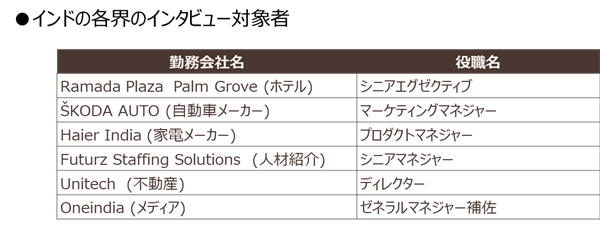
現在のインド
図表2は、それぞれの方に現在のインドの「市場」について語ってもらったコメントです。図表2
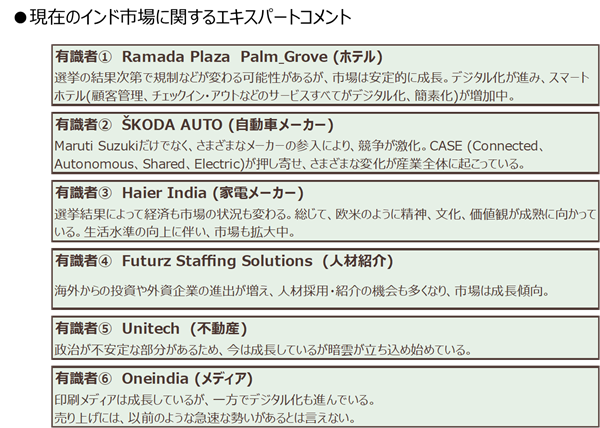
続いて、現在の「生活者」について語ってもらったコメントが図表3です。
図表3
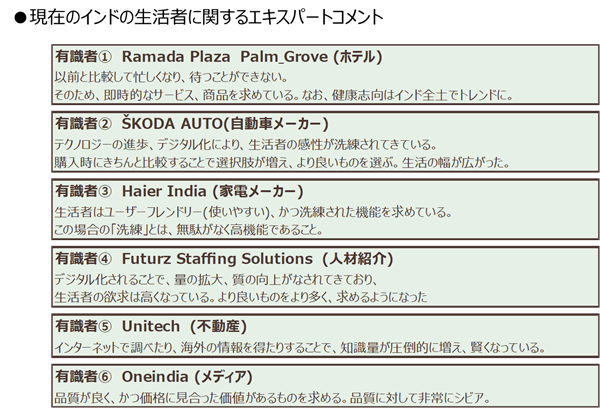
図表4は現在のインドでの成功要因として、前述の購入重視点がそれぞれ生活者にどの程度重視されているかを分析した平均スコアです。
図表4
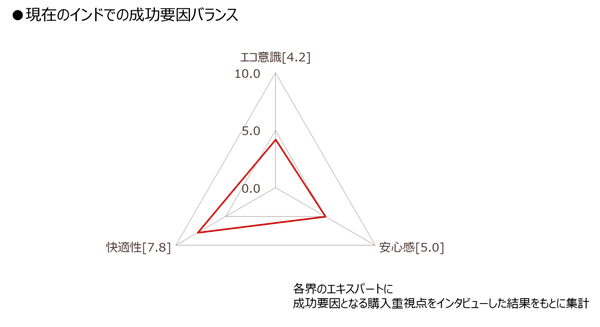
「快適性」が重視されている背景としては、現在のインドでは、スマホを中心としたさまざまなサービスが先進国並みに提供され、広く消費者に利用されているという実態があります。この傾向は今後も加速し、幅広いサービス領域で「リープフロッグ現象」が見られると予測されます。
3年後のインド
図表5は3年後のインド「市場」について語ってもらった結果です。図表5
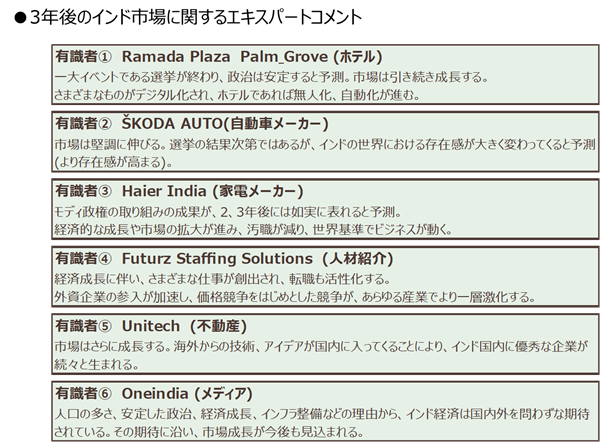
3年後の「生活者」について予測してもらった結果、継続的な経済成長を背景に生活レベルが高まり、「よりよい」商品やサービスを求めるようになるという回答が得られました。(図表6)
図表6
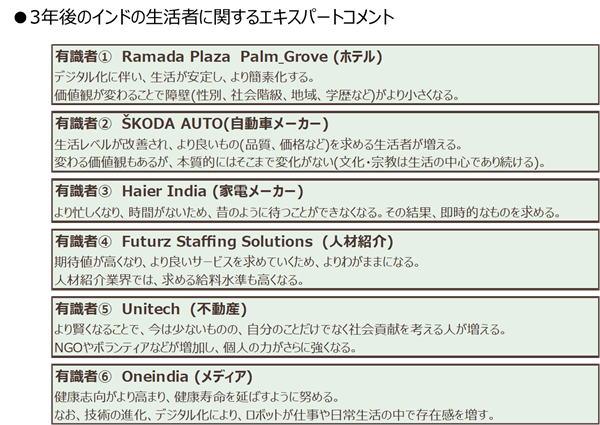
図表7
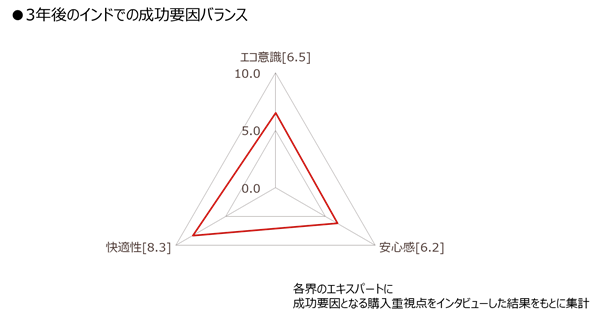
インド社会は強い口コミ文化なので、声の大きいミニインフルエンサーの活用が商品やサービスの活性化のカギになるのではないでしょうか。
10年後のインド
インドのエキスパートたちは、図表8のように、成長が更なる成長を生んで10年後も経済成長は続いていると予測しています。図表8
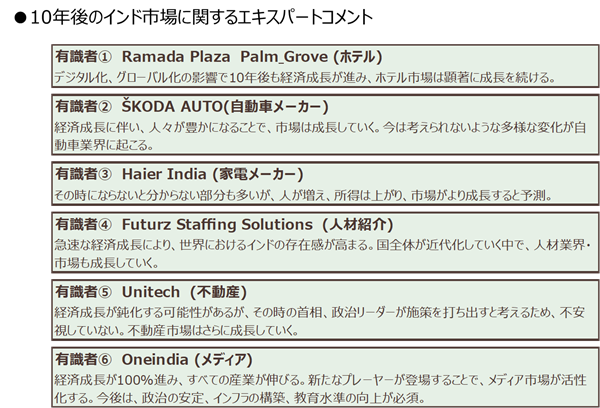
10年後の「生活者」については、多くのエキスパートから「健康」というキーワードが聞かれました(図表9)。また、近代化が進み、生活者の選択肢が増えているという予測が目立ちます。
図表9
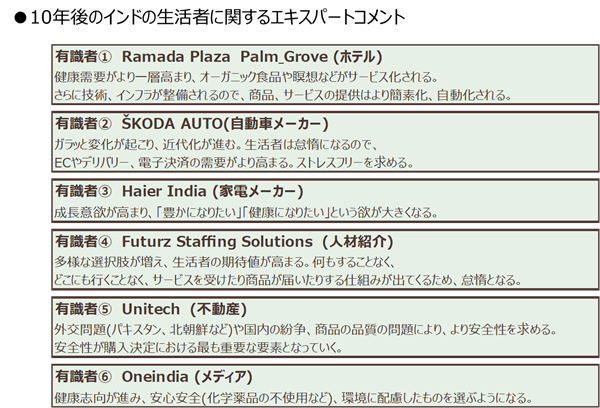
図表10
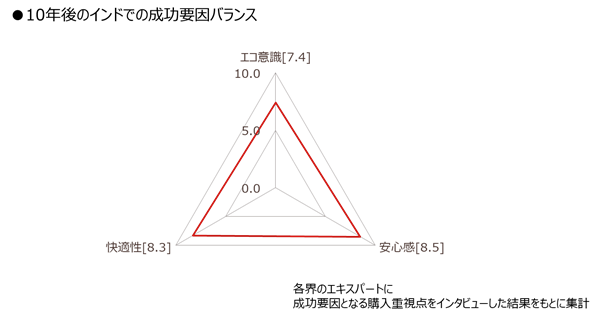
一方で、伝統的な文化や価値観は継承されることが期待されます。
アジア4か国の近未来 共通のトレンドは?
最後に、インドを含めた4か国の調査結果を基に、各国の現地駐在リサーチャーが分析した、市場環境としての共通の動きと生活者ニーズのトレンドを紹介します。まず、市場環境として共通しているのは「良好な景況感」、「デジタル化」、「生活の量と質の向上」、「グローバル化」といった4つの動きです。
「デジタル化」が進むことは、それによって受けられるサービスが進化するという面でも影響が大きいのですが、ソーシャルメディアなどを通じて他の国の情報を得られたり、情報発信することによって各国間で脳がつながっていったりと、「グローバル化」を加速させていきます。そして、それらの結果、外国製を含めた「いい物・安い物」が市場に流通し、「生活の量と質の向上」が進んで「良好な景況感」を促進する、という動きです。
これらの環境変化の中で、スマホを起点に各国の同質化が進み、以下のような共通のトレンドが生まれると考えられます。
1.飽くなきBetterの追求
「高品質化」「低価格化」「簡易化」「カスタマイズ」「美容健康」といったそれぞれのニーズに対し、どんどんいいものが出て、並行して他の国での進化が情報として得られることで、さらに「いいものを」と欲張りになっていきそうです。
2.ストレスフリーの追求
各国ともグローバル化・資本主義化が進み、仕事が忙しくなるなど生活環境が変化し、人間関係が複雑化することで、ストレスフルになっていきます。このため、ストレスフリーを追求する動きが大きくなることが予測されます。
3.「時は金以上なり」の意識(時の重視)
これまでのんびりとしていた生活スタイルから、時間に追われる生活へと変化していくことで、時間の価値が再認識され、移動や待機の時間を活用したいというニーズが高まると考えられます。
まだまだ変化し続けるアジア。変化に伴って生まれる新たなトレンドを上手に商品やサービスに取り入れることが、ビジネスの成功に必要になってきます。 今回の調査概要は以下の通りです。
●調査方法:有識者インタビュー(In-depth Interview)
●調査時期:2019年1-3月
●調査対象者:マネジャー級以上の各業界勤務者、または有識者
●調査実施機関:
インテージ・タイ https://www.intage-thailand.com/
インテージ・ベトナム https://www.intage.com.vn/
インテージ・インドネシア http://www.intage-indonesia.com/
インテージ・インド http://intage-india.com/
-
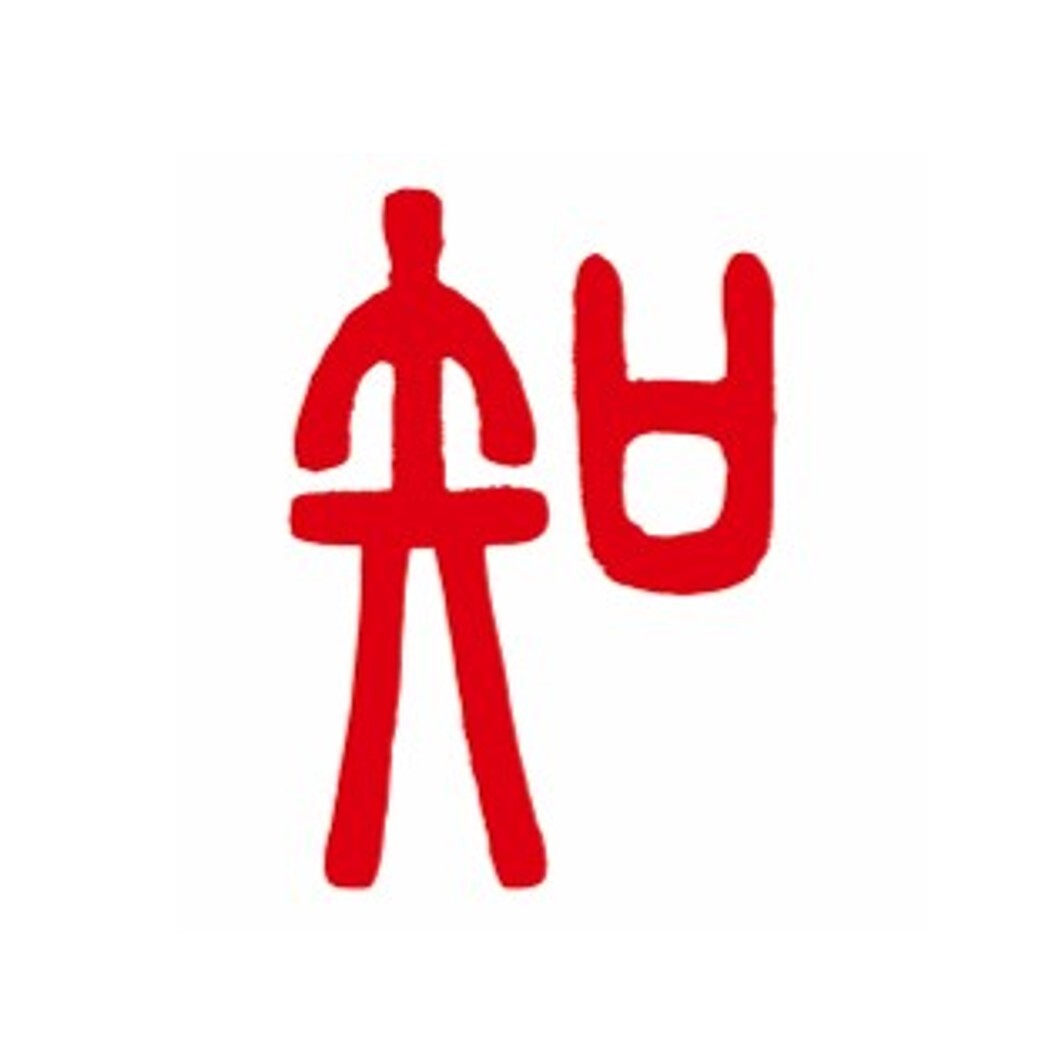
執筆者プロフィール
インテージ
***
-

編集者プロフィール
インテージ
***
 Global Market Surfer
Global Market Surfer CLP
CLP